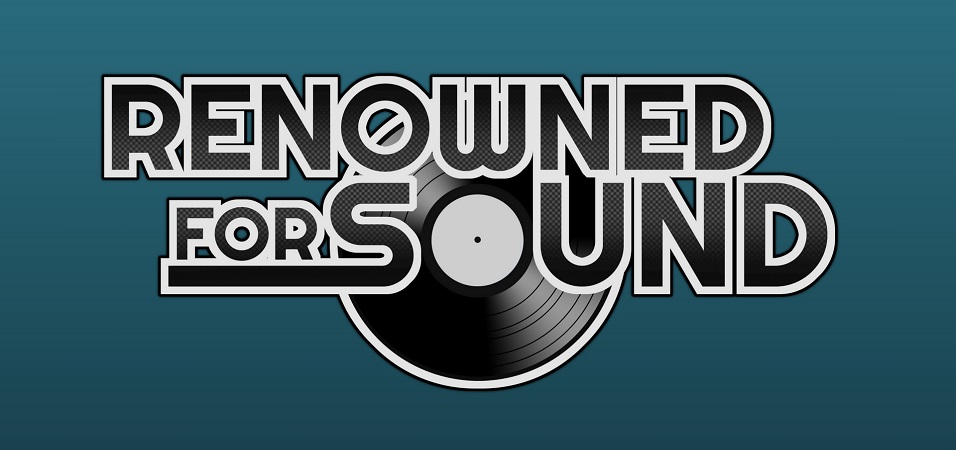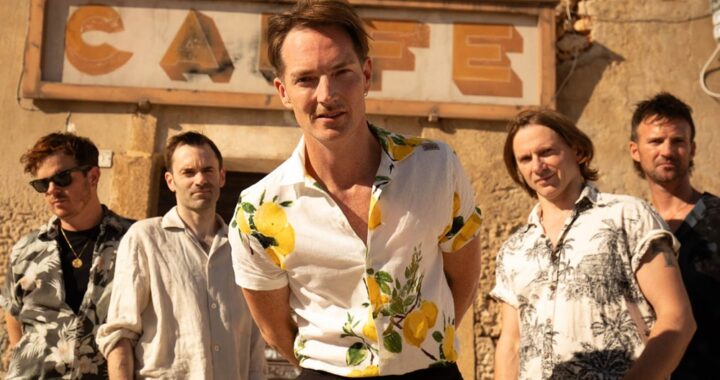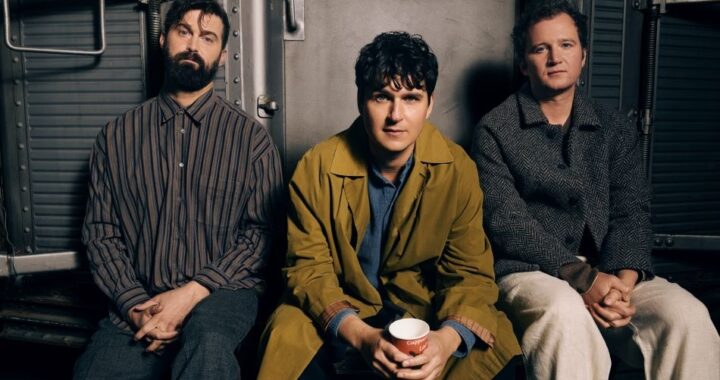Album Review: Manic Street Preachers – Futurology
3 min read
Futurology marks a vibrant volume two of the Manic Street Preachers’ prolific output during 2013, following the sedate but well-received volume one Rewind the Film. Unlike last year’s offering, this album brims with optimism for what lies ahead. Even the inspirations behind the songs are different; memories of coal mine strikes are replaced with references to European history and recollections of touring mainland Europe.
 German influences in particular seeped through the walls of Hansa Studios, where the Welsh band recorded its 12th album with producers Loz Williams and Alex Silva (who worked on 1994’s dense but cathartic masterpiece The Holy Bible). Krautrock makes a big impression on the Manics’ sound here.
German influences in particular seeped through the walls of Hansa Studios, where the Welsh band recorded its 12th album with producers Loz Williams and Alex Silva (who worked on 1994’s dense but cathartic masterpiece The Holy Bible). Krautrock makes a big impression on the Manics’ sound here.
The title track, sprinkled with oriental-sounding, pleasant plucking of guitars by lead singer James Dean Bradfield, proves that the band ‘never really went away’. Written by bassist Nicky Wire, it suits an exhilarating trip up an Autobahn, a high-speed rail line or some metaphorical journey towards the future.
However, it is Walk Me to the Bridge that is the band’s coup-d’état. The restrained opening 45 seconds simmer with suspense. Then, euphoric synths straight from Simple Minds’ Don’t You Forget About Me, drummer Sean Moore’s chest-pounding beats and Wire’s pummelling bass stomp like a victory march, grabbing listeners by the collar and flinging them through the air. The track flies to glorious highs, as Bradfield’s dogged delivery of Wire’s lyrics and epic Heroes-esque guitar solo bolster the track’s emotional punch. Whether the track is about Richey Edwards or Wire’s near-departure from the band, this is a Manics classic and a concert setlist essential.
Wire’s description of Futurology as ‘post-punk disco rock’ is fitting. The Eastern-influenced disco march of Let’s Go to War is punctuated with chilly yet catchy crowd chants hinting at the foolhardiness of those crazy nationalists of 1914. Despite sounding like a death march with its abrasive industrial noises and German actress Nina Hoss’ menacing vocal delivery, Europa Geht Durch Mich is a rousing anthem designed to unite Europeans thanks to a simple, fist-pumping chorus (‘European skies, European desires’). Sex, Power, Love and Money (whose title is more fitting for a Lana Del Rey track) contrasts shimmering synths against gritty guitars and contains another hard-hitting chorus. The instrumental Dreaming a City (Hugheskova) is a slick, transcendent hybrid between something from Low or Heroes and the spine-chilling, high-pitched Doctor Who theme from the early 1980s. These tracks all stop the mid-album slump from ever happening.
It is not as if the calmer tracks are a dip in quality though. The Next Jet to Leave Moscow, written solely by Bradfield, is a pleasant top-tapper. The psychedelic escapism of Divine Youth (composed by Wire and featuring singer/harpist Georgia Ruth) continues the Manics’ use of the harp and Bradfield’s lovely ‘aaah’ harmonies (e.g. the end of If You Tolerate This…). Black Square bristles with the warmth of spring and cheer of Christmas, with its comforting melody masking darker lyrics like ‘endless endorsements’. Between the Clock and the Bed (with Green Gartside) recalls the ‘shoegazing’ genre of the early 1990s. The folky The View from Stow Hill would have been on Rewind The Film if it were not for its distorted, aching synths influenced by Kraftwerk. Finally, the closing groovy, yet rocky instrumental of Mayakovsky ends with Nina Hoss reciting the chorus of Europa… in English with the disciplined friendliness of a train station announcer. The message of the album: Wales (and the rest of Great Britain) and mainland Europe can come together.
Futurology is evidence that the Manics have PLENTY left to say. This triumphant return to form is now a worthy part of the famous Manics album trilogy along with The Holy Bible and Journal for Plague Lovers: those acclaimed albums with the backwards Rs on the album cover artwork.



